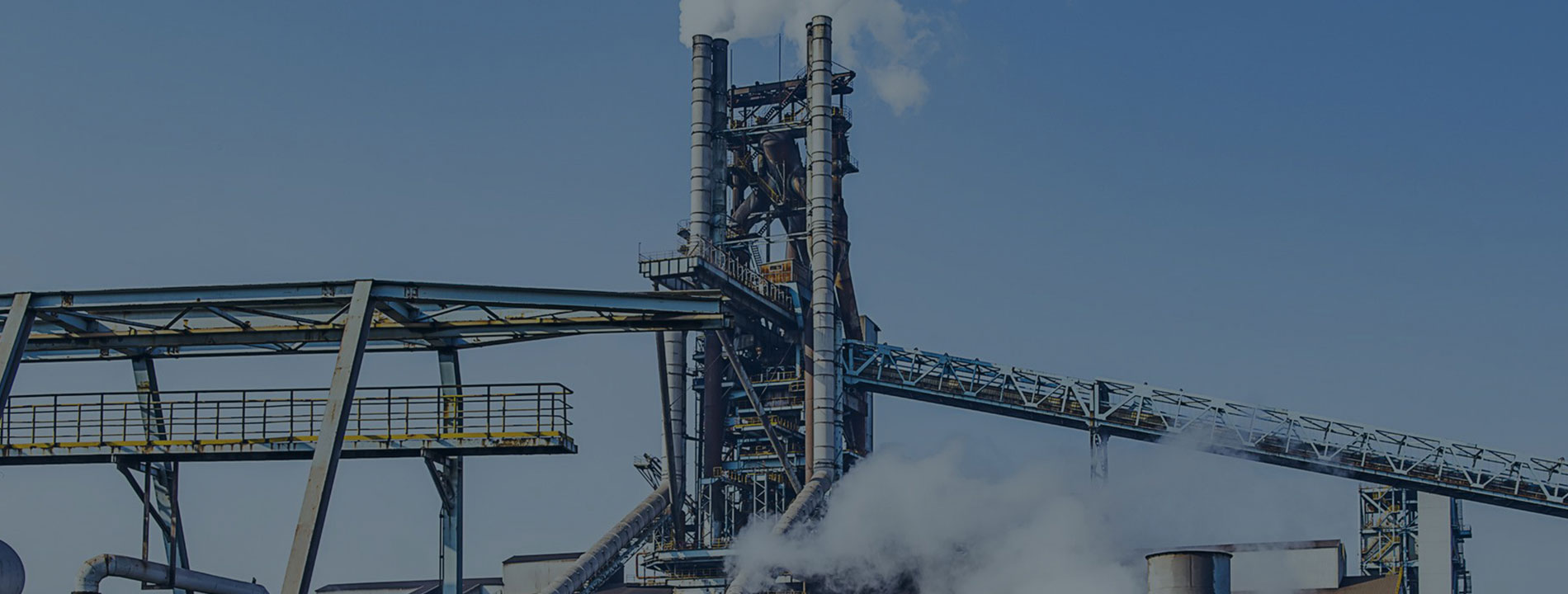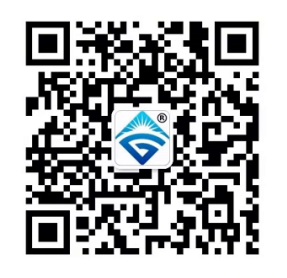

The tension force transducer is mainly suitable for the detection industry, from small parts to various large equipment, including the pharmaceutical industry; the common application is the weighing of mixers and other containers during the processing. So how should this equipment be connected to work properly? Below, we will introduce several connection methods of tension force transducers.
Clamp shell connection method
The tension force transducer is connected to the pressure block to measure the tension of the amplitude material through the fixed axis and the moving axis. The tension force transducer is installed at each end of the frame, and the idler roller is supported between two tension force transducers. When the tension force transducer is installed at both ends of the frame, the clamping connection allows easy installation of the idler roller. This connection allows for easy adjustment of the misalignment between the frame and the idler roller during machine operation after thermal expansion, and this unique design can also be applied to fixed and mobile axes.
Roller inner connection method
The idler roller connection is directly embedded at both ends of the idler roller, and a tension force transducer is installed at both ends of the idler roller. This inner rolling connection uses spherical bearings to smoothly adjust the mismatch between the idler roller rotation and the frame. The roller inner connection method can eliminate the need for rolling axes and bearings for the tension force transducer, indirectly reducing the testing cost.
Wire wheel connection method
This kind of winding wheel uses a simple pattern for various materials. As long as it is connected to the frame or support, it can test the tension of the equipment.
Any mechanical equipment and testing equipment have high requirements for installation. It can be said that whether the tension force transducer is installed correctly directly affects the subsequent testing results, and in serious cases, it can cause problems with the equipment. So, when installing the tension force transducer, be sure to pay attention and avoid any errors, which is also responsible for the testing results.
When designing and installing the loading device of the sensor, ensure that the action line is consistent with the force axis of the sensor and reduce the influence of the load. According to the sensor range specified in this manual, determine the rated load of the sensor to be used. The sensor housing, protective cover plate, and wire connector are sealed and not allowed to be opened by users. To prevent corrosion, you can apply some Vaseline to the surface of the tension force transducer during installation, and avoid direct sunlight. If it cannot be avoided, protective devices should be added. In order to prevent large currents from flowing directly through the sensor body and causing damage to the sensor, welding is prohibited after the sensor is installed. If necessary, a bypass device made of copper braided wire should be connected at both ends of the sensor loading device. The sensor cable should not be placed together with other power lines and places with pulses. If it cannot be avoided, the sensor cable should be passed into an iron pipe to avoid the magnetic field effect.

86-552-4923688
No. 118, Jiahe Road, High-Tech Zone, Bengbu, Anhui, China
 English
English 日本語
日本語 한국어
한국어 français
français Deutsch
Deutsch Español
Español italiano
italiano português
português العربية
العربية tiếng việt
tiếng việt ไทย
ไทย